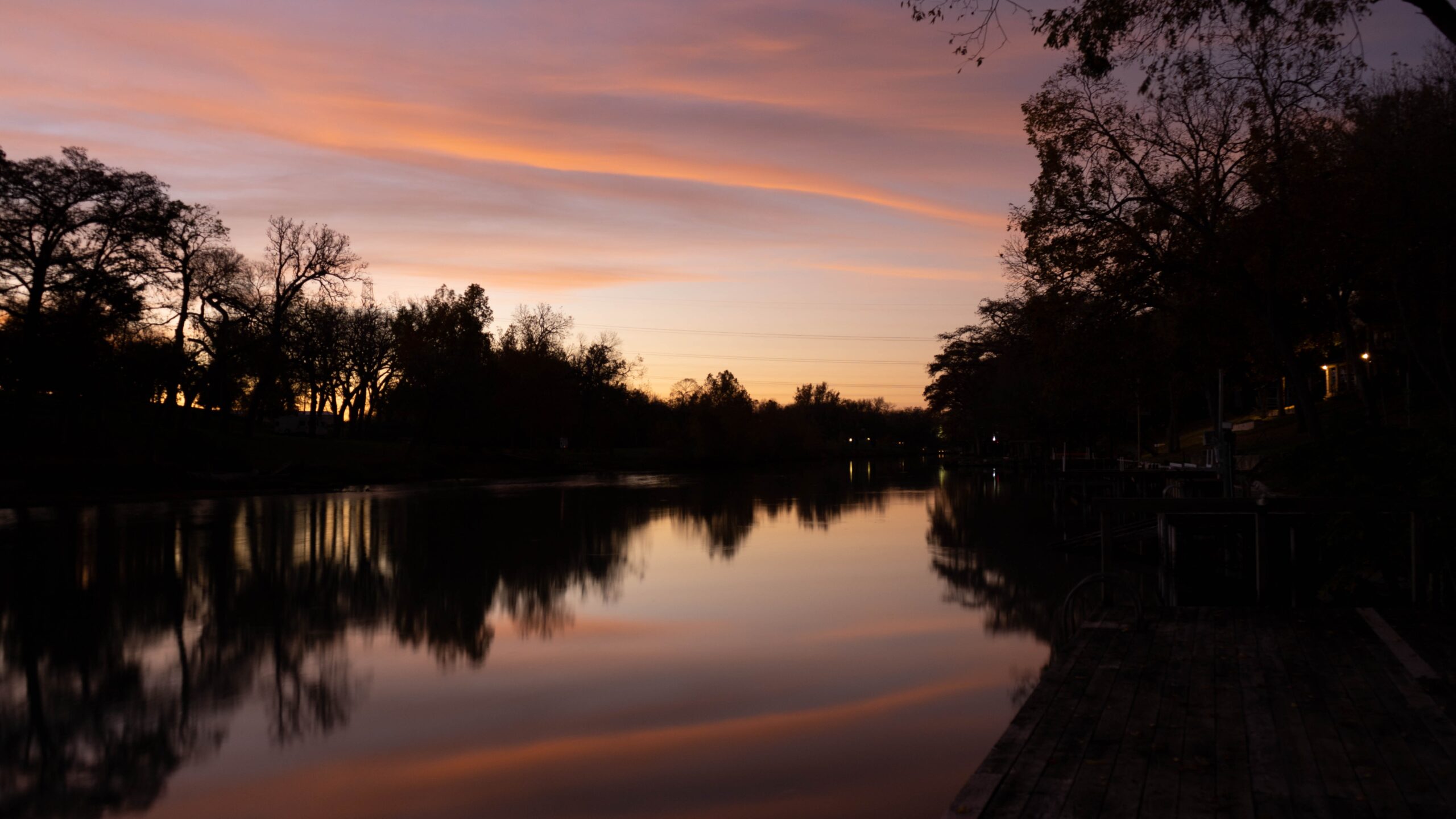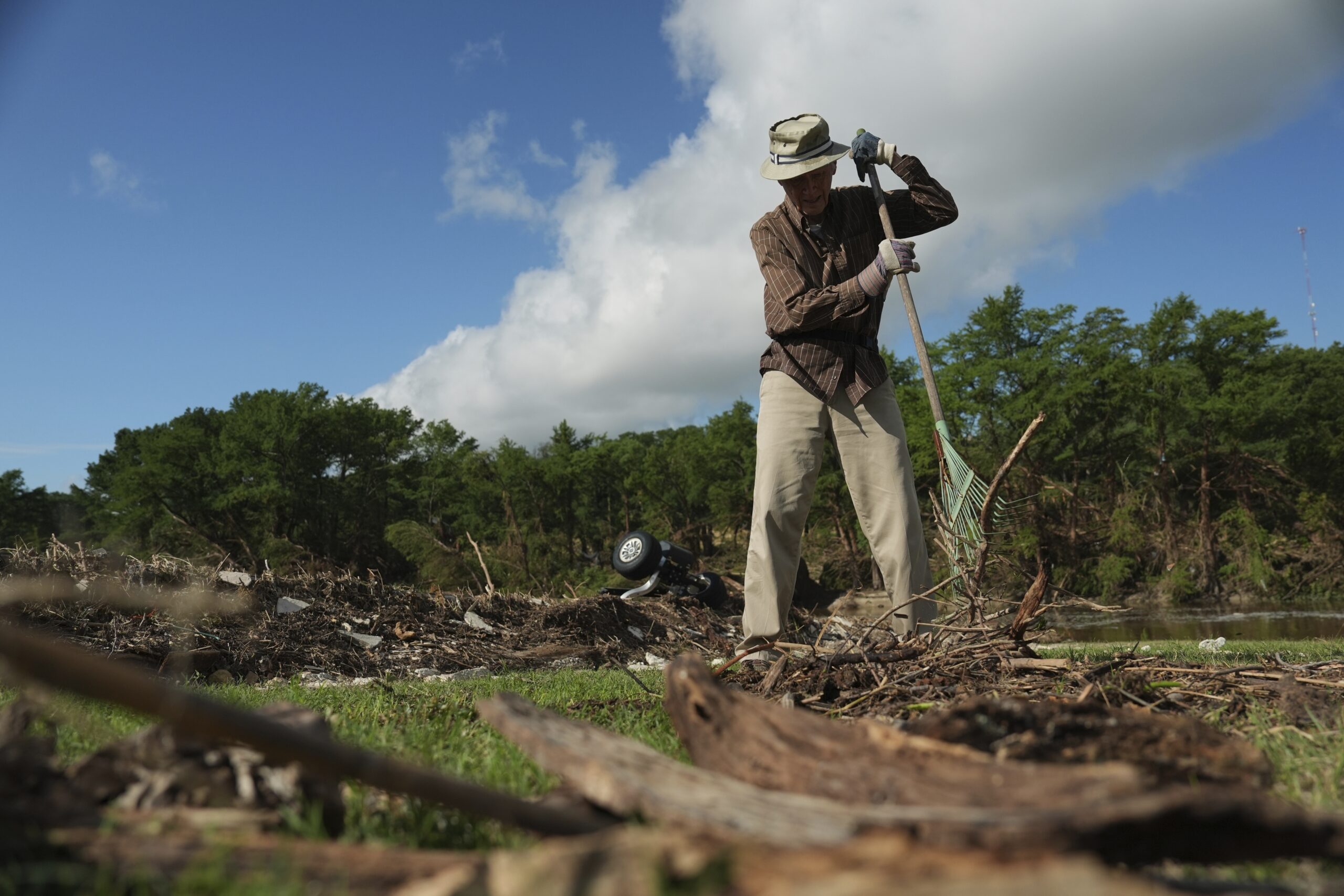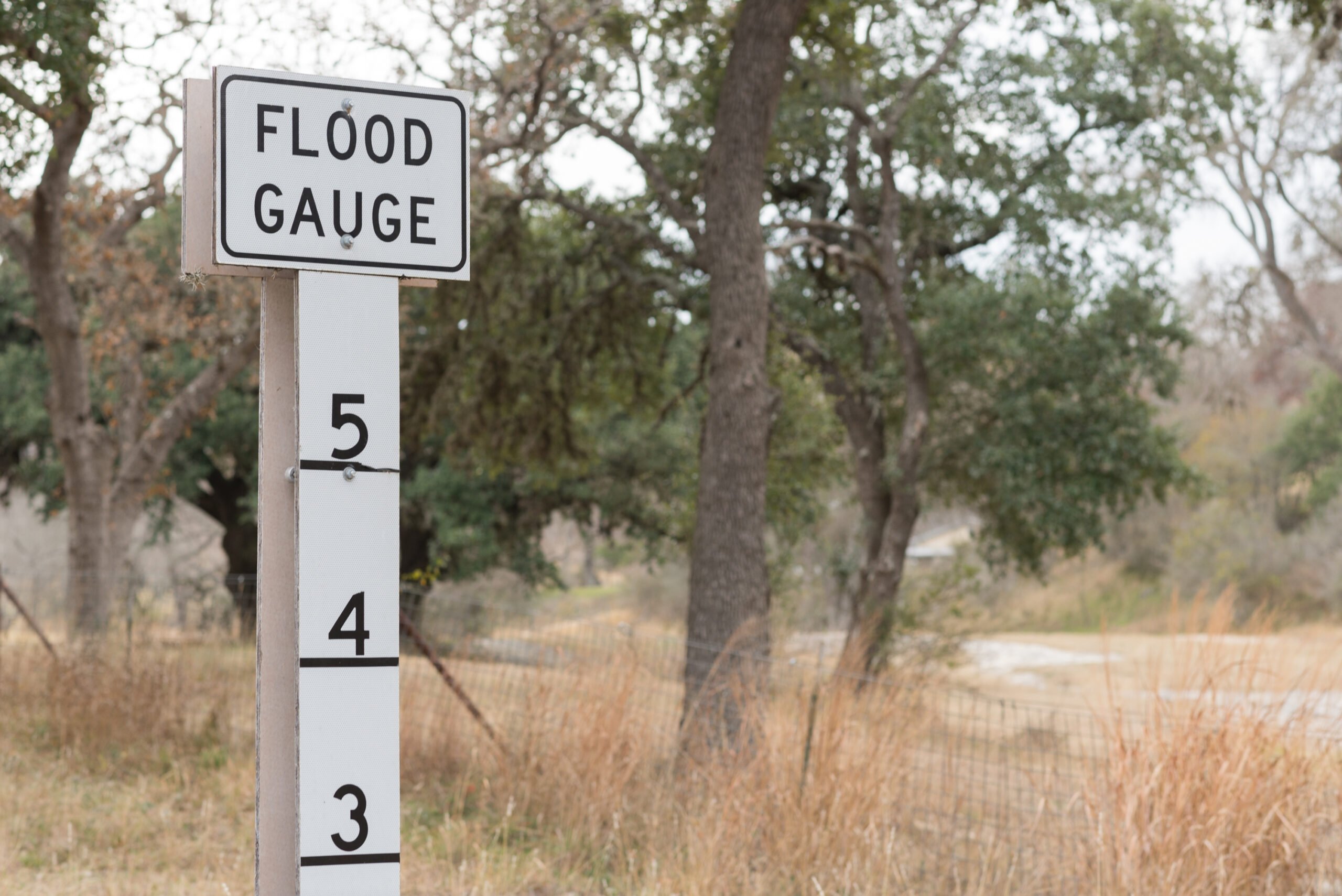Hiding Behind a ‘Secure Border’
The favorite political mantra these days on immigration in Washington, is “Secure the border first before passing immigration reform.” It makes for a tantalizing sound bite on Fox News, but it does nothing to solve our immigration woes.
Last week Republican Senator Lindsey Graham and Homeland Security Secretary Janet Napolitano got into a verbal dustup over immigration reform during a Judiciary Committee hearing. Their conversation highlighted the current divide on immigration in Congress, which has largely fallen along (no surprise here) political lines.
Before moving on immigration reform, Graham said the government should deal with “the big elephant in the room — the borders are not secure and there’s a [drug] war going on,” he said according to The Hill Newspaper.
Napolitano, a Democrat, pushed back. “I would bet you everything I own that Congress needs to take up comprehensive immigration reform. I say this again, as someone who has walked that border, ridden it, flown it, and driven it: I believe it is as secure as it ever has been.”
The problem with focusing on a secure border (while nixing immigration reform), is that no one can agree on what a secure border means. What does a secure border look like? Depends on who you are talking to.
I’ve often relied on Eagle Pass Mayor Chad Foster for some straight talk on what needs fixing at the border. The Mayor has lived in Eagle Pass his entire life. He crosses into Mexico on a daily basis and speaks fluent Spanish.
Foster is also a member and the former chair of the Texas Border Coalition, a group of border mayors and business leaders that regularly travel to Washington to advocate for the border. He says he thinks elected officials like Graham have it backwards. “Immigration reform is the cornerstone of border security – that and a guest workers program,” he says. “We can’t have a secure border without it.”
I then spoke with Fred Burton VP of intelligence for the Austin-based global security group Stratfor. He’s often asked to be a border security expert on news shows and at conferences.
Burton says that people fail to take into account the sheer geography involved – nearly 2,000 miles of U.S.-Mexico border.
“Most people’s perception of a secure border is something you might see in Gaza or the West Bank,” he says. “But that’s unrealistic for a host of different reasons.”
Commerce needs to flow, and residents on both sides of the border need to be able to cross, he says.
Even Texas and the Department of Homeland Security have different ideas of what a secure border is, he says.
Burton says he took a sabbatical for 5 or 6 weeks to set up an intelligence and counterterrorism program for Steve McCraw, director of Texas’ Department of Public Safety.
Burton said there “were a tremendous number of moving pieces” with regards to border security. “There are so many different federal players, including Border Patrol and there’s not a lot of consistency from sector to sector and between the state and local response.”
Burton said Perry’s request for 1,000 national guard troops is not to militarize the border but to have them ready for rapid deployment. “In case of a skirmish or fire fight there could be a quick deployment to shut that door in Texas.”
By the end of our conversation, I realized that Burton and I had spoken at length about security issues along the border, but there was still no blueprint or concrete definition of what constitutes a secure border.
I don’t expect there ever will be. It is, however, an effective delay tactic. Congressional leaders can debate over it until their blue in the face. It still won’t change the fact that we need comprehensive immigration reform.


